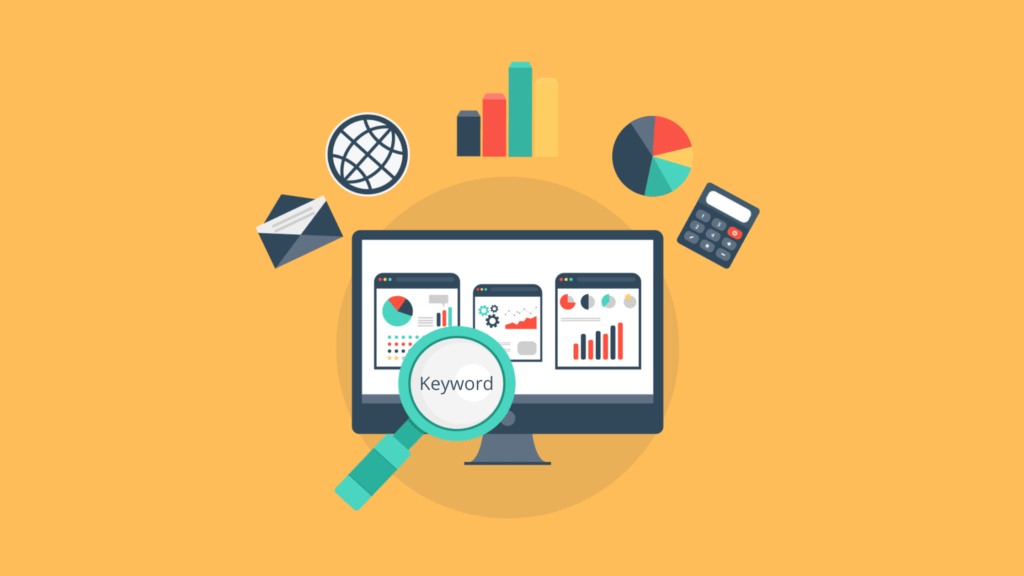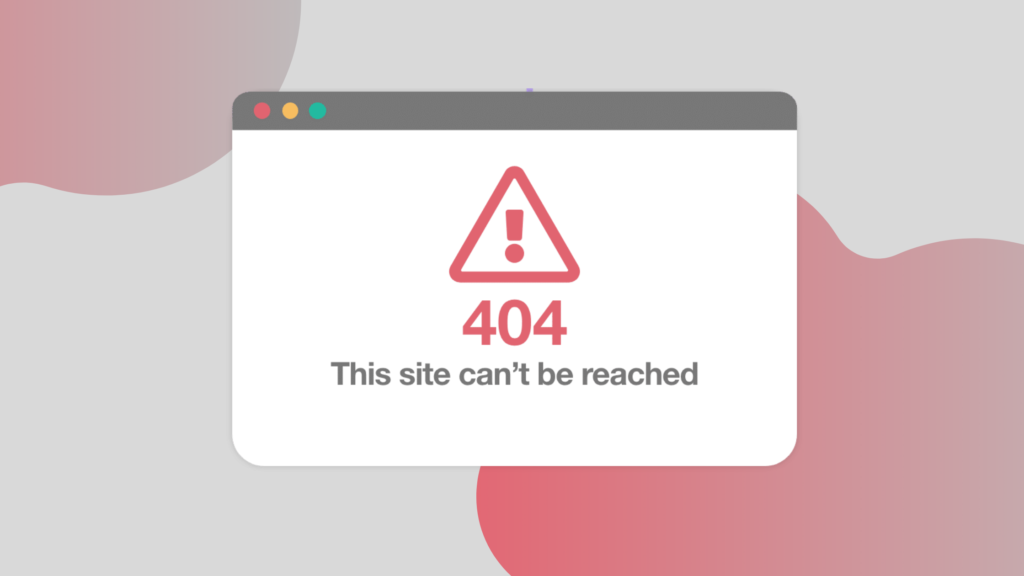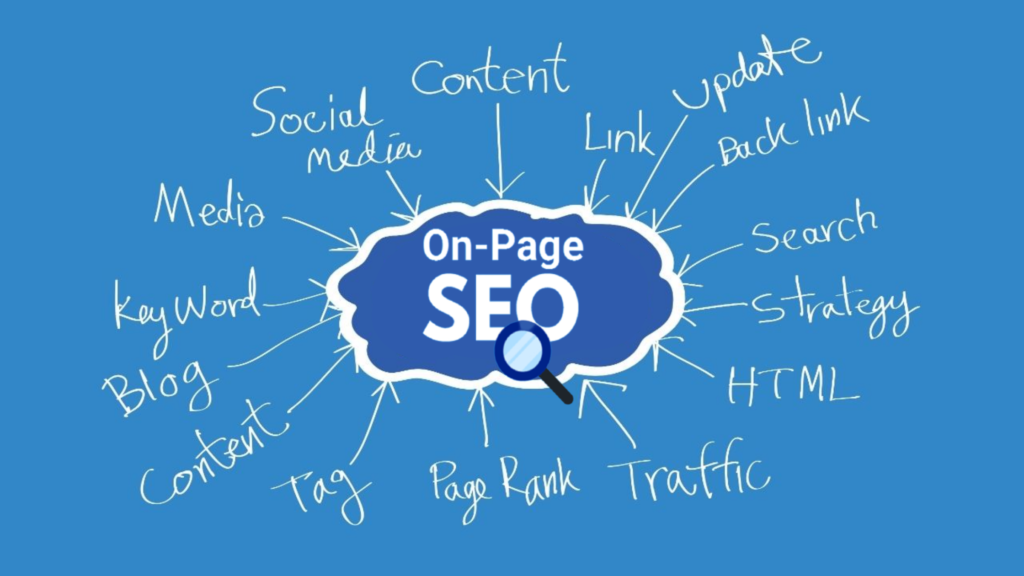Any business’s principal retail growth engine is an eCommerce store now. The explosive growth of digital commerce over the previous decade has resulted in a slew of eCommerce challenges. By the end of 2022, eCommerce is estimated to account for 17% of the market. Riding the digital commerce wave is difficult with the growing size and demand for online businesses. While adapting to the digital commerce company, leaders worldwide face several eCommerce challenges. Every website redesign has challenges, but e-commerce businesses confront several issues that most websites do not. This blog will cover the most common eCommerce website challenges and offer practical solutions.
Building Trust with Users:

Every website should provide a sense of safety to its visitors. This is especially true for e-commerce sites, which often need users to disclose their home addresses and credit card information to make a transaction. Even if a user is interested in your offerings, they are unlikely to purchase if they believe your website is insecure. They may be concerned about malware, identity theft, and the dissemination of their personal information. Your e-commerce website will have to go to great lengths to earn the user’s trust.
Need for Unique Content:

E-commerce websites have less content than traditional websites. The type of content depends primarily on how the product is shown and designed; however, it is typically in the form of product descriptions. As an SEO expert, you must ensure that the descriptions are not duplicated or unique.
Payment:

One of your e-commerce website’s main objectives is to generate sales. Your website must be able to take customer payments to accomplish this. And your customers will want to be able to choose how they want to purchase. As a result, deciding how you’ll accept payments on your website isn’t something you should take lightly. Check for various factors and make the payment procedure as simple as possible for customers.
Keyword Research:

Keyword research is one of the most important things, yet most SEO experts spend less effort selecting keywords randomly. They spend more effort on link development and less time on keyword research because they have limited time. However, if you conduct your keyword research correctly, the link-building process will go more smoothly. It’s crucial to determine whether your keywords are convertible for this.
Broken Links:

Both static and dynamic websites have always been subject to broken links. Compared to typical websites, the likelihood of broken links on an e-commerce website is generally higher. It will break a specific page if a product is out of stock or unavailable. If the product is not accessible, it should send the user to the main category page. We are unable to show our valued consumers a 404 page.
SEO Implications on Pages:

eCommerce sites have a lot of pages, graphics, URLs, and content in common. It’s also unique in that you only have a limited number of characters to entice users to browse for the things you offer. One of the best strategies to increase the SEO of your e-commerce website is to have a clean site layout. Keep product variations (size and color) on the same page whenever possible. In addition, pay attention to the titles of your product pages, the keywords you employ, the URL structure and navigation, and the content you use on your product pages.
Image Compression:

Image compression refers to reducing the size of your image files while keeping the image’s quality. Multiple images are included on the top product pages, giving the user a complete look at the product even if they can’t see it in person. With 2-3 images per product, even if you only have 100 things on your website, you’re looking at 200-300 images. If you upload these to your site, it will be significantly slowed, and your SEO may suffer.
Wrap Up:
eCommerce has never boosted as much as it is now. While there have been many exciting and beneficial improvements, some online firms continue to face issues due to eCommerce. The points discussed above are solutions that can assist eCommerce businesses in attracting their targeted clients and increasing targeted sales.
The blog titled “Developing an eCommerce Site,” written by Softpulse Infotech Shopify experts, provides a comprehensive guide on developing an eCommerce website. The blog covers the key steps in creating an online store, including planning, design, development, testing, and launching. The blog provides an in-depth understanding of the process and the best practices to create a successful eCommerce website. It also highlights the common challenges that can arise while developing an eCommerce website and provides solutions to overcome these challenges. The blog aims to help business owners and entrepreneurs understand the complexities of building an eCommerce website and launching their online store successfully. If you need any help regarding Shopify website development, contact us. We are a top Shopify development company.



